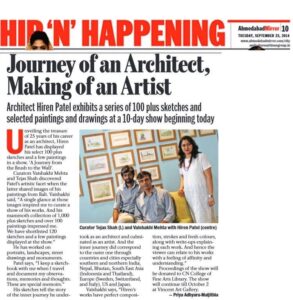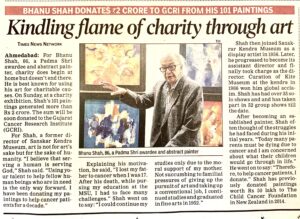Holi hai, par Gulal kaha hai?
First Dhuleti in Ahmedabad since last 150 years when natural Gulal is not available
Gulal – the most essential natural colour which is intricately linked with Dhuleti celebrations since centuries – is no more available. The artificial powder sold and labelled as gulal is a mere mixture of coloured chowk powder, sand and talcum powder.
Shreeram Gandhi, 5th generation dealer of ayurvedic medicines, says, “Real gulal is natural colour which has now become a rare commodity. We used to procure it from Mumbai since last few years, however, this is first time from last 150 years that on the occasion of Dhuleti, we are unable to fetch the natural gulal.”
The reason behind gulal’s unavailability is linked with diminishing tradition of making real gulal at home prior to the festival. Mahesh Soni, Vadodara-based dealer of rare commodities used for worshipping baby Krisha (lalan), says, “Natural gulal is a mixture of edible items including haldi, lime, aralot, jethimadh, baras, kapur and sondho. It tastes sweet and has sober but lasting fragrance. We make it at home for personal use and send it in gift packs to our relatives and close associates. The making costs of this natual gulal come around Rs 3000 per kg but we do not sell it.”
Due to rising trend of playing dry-holi, demand for gulal has upped and hence manufacturers have come up with cheap solutions of providing artificially coloured starch, chowk and talcum powders to meet the demand.
The powder labelled and sold as Gulal is not a natural commodity, say retailers selling various colours in market. Mina Modi, a dealer of puja items, says, “We sell herbal gulal, scented gulal and sado gulal but none of them is natural gulal. These all items are artificially coloured chowk and talcum powder. And we clearly inform this to the customer if they inquire. However, most of do not know what real gulal is.”

